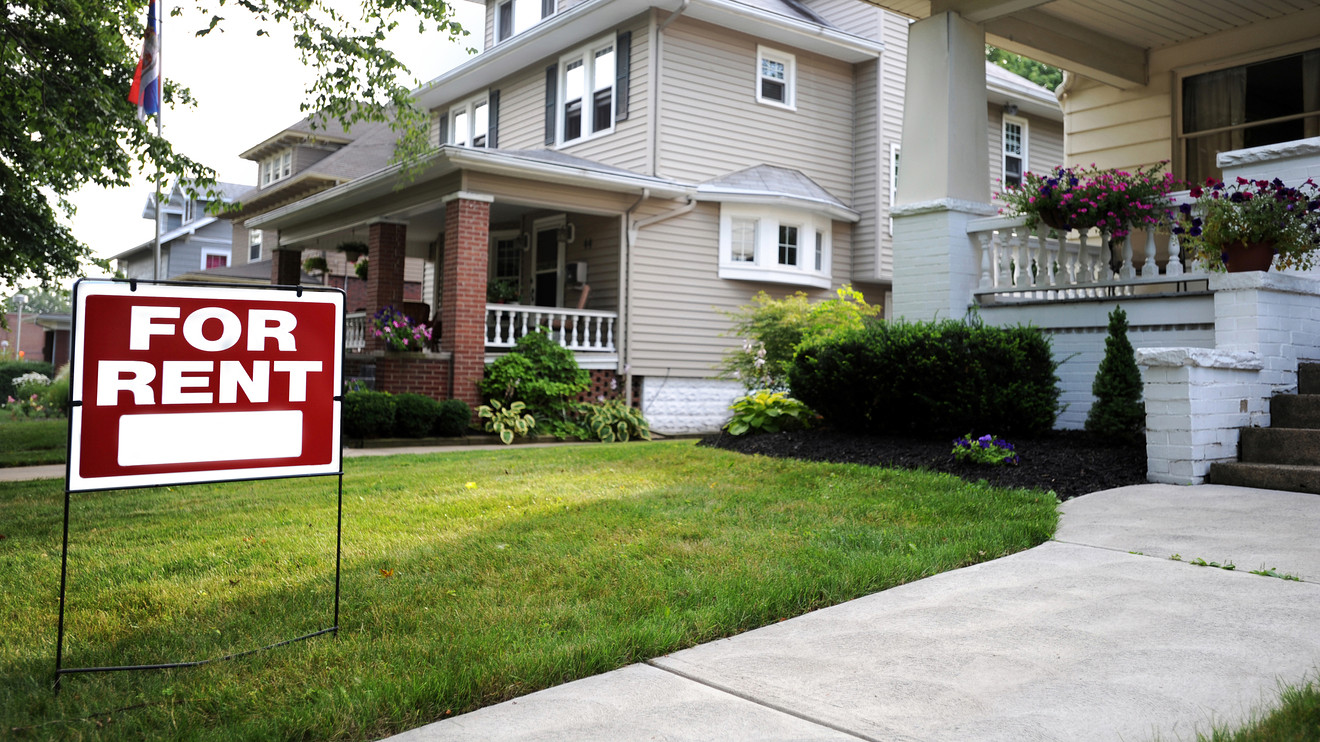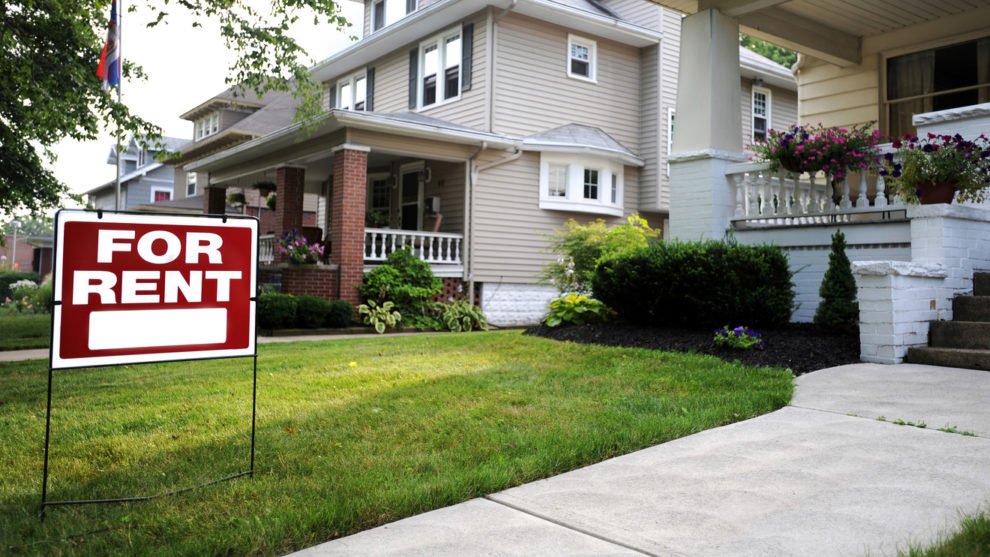
This article is reprinted by permission from NerdWallet.
Owning rental properties can be a way to build wealth and generate passive income, and now there might be an extra tax break — if you qualify. Two tax pros explain how it works and offer tips for taking advantage of the new rule.
Getting in the door
Most rental property owners know that things such as operating expenses, depreciation and repairs can be deductible, but many might also be able to claim the relatively new qualified business income deduction (“the QBI,” in tax slang), which allows some landlords to deduct up to 20% of their rent-related income.
“If I qualify and I have $100,000 of net rental income on a Schedule E, then I’m going to simply pay tax on the $80,000. It’s that simple,” says Chris Whalen, a certified public accountant in Red Bank, New Jersey.
Less simple are the rules around the deduction, though. For example, you might get only a partial deduction if your taxable income is above a certain amount, notes Jason Ackerman, a certified public accountant at Wagner, Ferber, Fine & Ackerman in New York. And your rentals have to make money before the deduction is of any use, he adds. “If they’re not profitable, we’re not even having this discussion,” he says.
Finding safe harbor
The key is making sure your landlording qualifies as a “trade or business” with the IRS. A good way to do that, according to Ackerman, is to meet certain criteria for what the IRS calls a “safe harbor.” Failing to meet the criteria doesn’t forbid you from taking the QBI deduction, but if the IRS audits you, the onus is on you to prove you qualify as a trade or business. That’s why meeting the safe harbor criteria can help nervous tax filers sleep at night.
Don’t miss: Jim Cramer’s epic rant: Government should suspend tax collection
“Meeting the safe harbor criteria means you don’t have to worry about getting challenged on the trade or business requirement, which is a grayer area of the tax code,” he says. “However, it’s pretty tough to meet the criteria, especially for people who only own one or two homes they’re renting out.”
One of those tough standards is time, he says. You’ll need to prove you or your representatives spent at least 250 hours managing your rentals during the year. If you’ve been a landlord for four years or more, you’ll need to prove you spent 250 hours a year for at least three of the last five years managing your rentals.
Either way, 250 hours is a lot — the equivalent of more than six weeks of full-time work. “This 250 hours is probably the toughest one to meet for smaller operators,” Ackerman says.
To boot, some activities, such as arranging financing, reviewing the books, renovating or traveling to and from a rental usually don’t count. “So if you have just a single, one-family home, you might not be able to get to that point,” he says.
Setting the records straight
Rental property owners who want to stay on good terms with the IRS and take the QBI deduction also need to keep separate books and records for their rental properties. This is where many landlords reckon with the cost of being disorganized. “That’s a big problem,” Whalen says. “People are sloppy with their rental property bookkeeping.”
Time tracking is also important, he adds. “A lot of people have a hard time maintaining a good log of everything they’re doing. And if they don’t have that, it’ll definitely be disallowed.”
Also see: 5 last-minute tips to save money before Tax Day
The QBI deduction has plenty of other caveats, too, which is why it’s a good idea to consult a qualified tax adviser to understand whether and how all of the exceptions and details apply to you. Even without the deduction, real estate can still be a smart way to diversify a portfolio, Whalen says. But if the pieces fall into place, the QBI can save money.
“If you feel you have a valid QBI deduction and you meet all the requirements, then definitely go for it and take it,” he says.
More from NerdWallet:
Tina Orem is a writer at NerdWallet. Email: [email protected].
div > iframe { width: 100% !important; min-width: 300px; max-width: 800px; } ]]>









